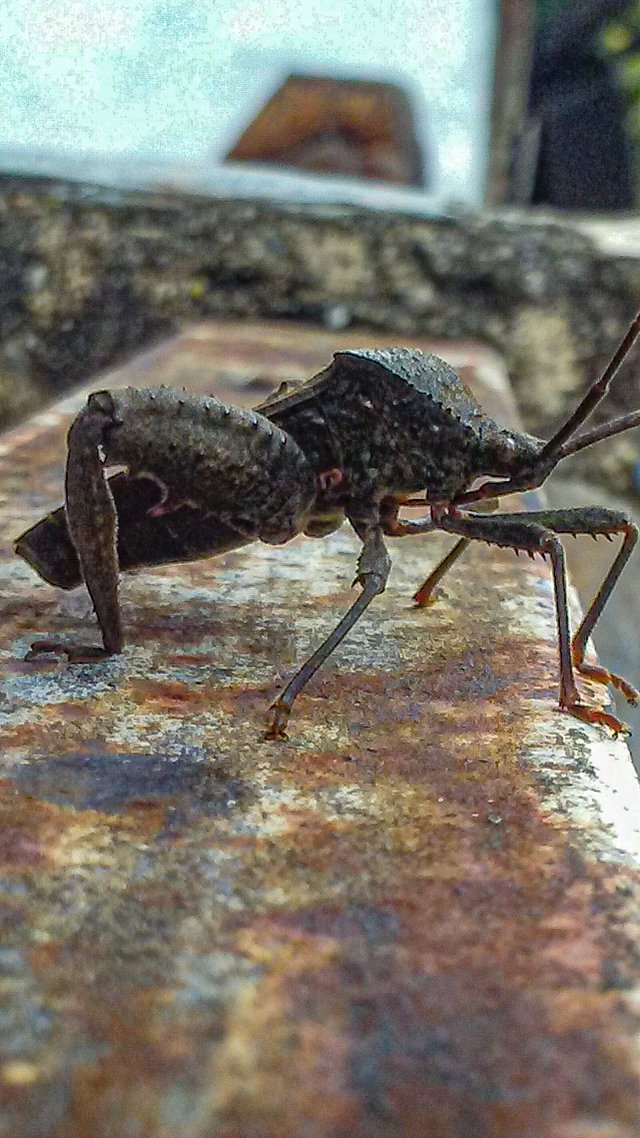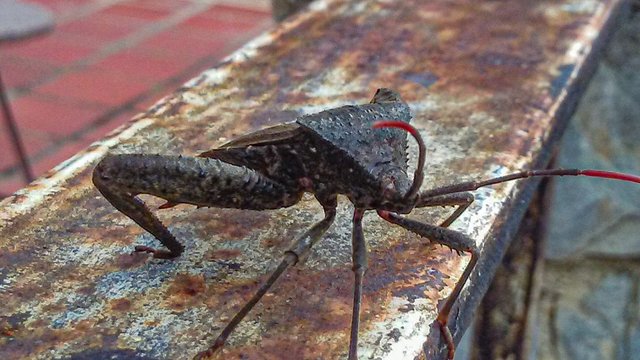Giant bug | Venezuela.
 |
|---|
Greetings, friends of Camping Club Steemit. We've reached week 10 of this contest, which is gradually building a map of insect and invertebrate sightings.
Last week I showed a "beetle," differentiating it from "hemiptera." Today, as a complement, I'm sharing a "giant bug" (a hemipteran), which from a distance looks like a beetle.

Close Up: Giant bug.
Here we call it the "Giant Bug," but I've seen it also called the "spiny-headed bug" and the "leaf-legged bug."

Habitat and behavior.

Classification

Info: |
|---|
| Equipment: | Umidigi Cell Phone A7S Camera |
| Mode: | Macro Mode. Layer: 3:4 |
| Author: | @joslud |
| Edition: | Lightroom |
| Location: | Outdoor |
| Date: | Wed, Jun/15/ 21 |
| In Inaturalist.org | Coordenadas: 9.153032, -70.694076 género Acanthocephala by @joslud |
See you soon
Sources
Images
- Images and screenshots are my property. Taken with my UMIDIGI phone. Also based on screenshots on Steemit.
- [1] Acanthocephala terminalis in Wikipedia

 Original production by @joslud |






this are beautiful camera shots. i am just seeing such insect for the first time.
I'm glad I introduced it to you; it's an impressive insect.
Thanks for the selection.
🎉 Congratulations, @joslud!
Your post Giant bug | Venezuela. was rewarded by CCS Curation Trail
“Home is where your heart is ❤️.”
👉 Join the CCS Curation Trail | Community Invitation
✅ Vote for visionaer3003 as witness